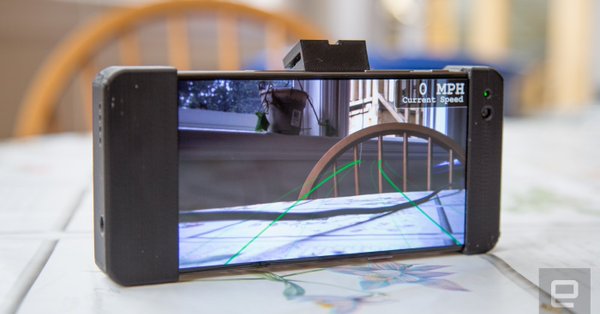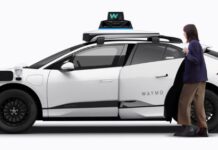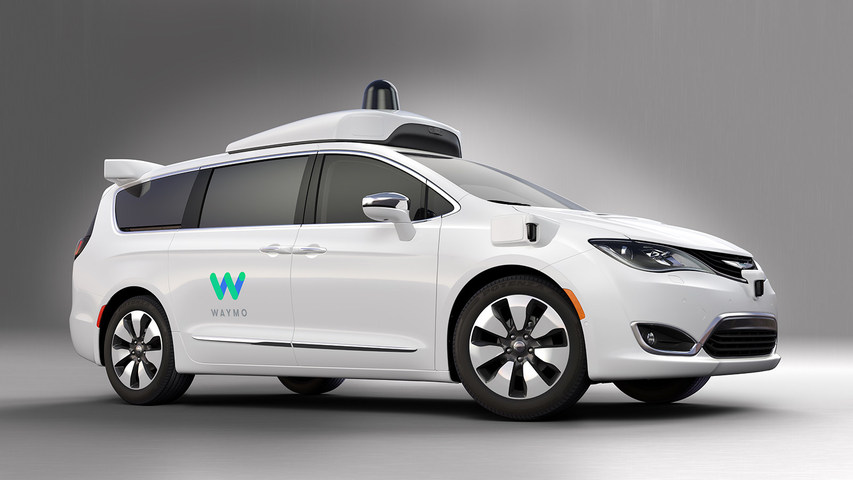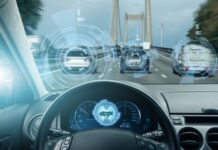Full interview at link above…
George Hotz, known online as GeoHot, became one of the world’s most famous hackers at 17 when he was the first person to break into the iPhone and reconfigure it to be compatible with providers other than AT&T. He was also the first to jailbreak the PlayStation 3, allowing users to play with unauthorized software.
Now this 28-year-old technical wunderkind is up against Waymo, Tesla, Uber, and most of the auto industry in the race to build the first fully operational autonomous vehicle.
“I want to win self-driving cars,” Hotz told Reason. Whereas Tesla and Waymo are developing complex systems with expensive LIDAR and other sensors, his company, Comma.ai, is trying to bring plug-and-play driverless technology to the masses. “We’re running it on a phone,” says Hotz.
He’s taking an approach drastically different than his well-financed competition, and is operating with $3.1 million in seed money. Comma’s dozen-member team, which works out of a residential house in San Francisco, has built technology that takes over the existing RADAR and drive-by-wire systems in modern cars, incorporates a smartphone’s camera and processor, and then makes the car drive itself.
“Google is going to lose because there’s no market for a $100,000 system,” says Hotz. “For us, we’re just going to push the software update. And then—boom—you don’t have to pay attention anymore. Done.”
Hotz has a history of taking on tech titans, with mixed reactions. After the iPhone jailbreak, Apple co-founder Steve Wozniak sent him a letter of congratulations. After he hacked the PS3, Sony sued him. Hotz quickly became a cause celebre of so-called hacktivist groups including Anonymous and LulzSec. They attacked Sony’s network, despite Hotz’s protests, igniting a firestorm of legal and media scrutiny.
Comma.ai is Hotz’s attempt to take on the big players in a new way. The company makes an app called Chiffr that turns a user’s phone into a dashcam and monitors its GPS and accelerometers. Now Comma is launching Panda, an open source, $88 dongle that plugs into the car, links it to the phone, and puts out fine-grain detail about every aspect of a drive. Hotz ingests all the data from Chiffr and Panda users and feeds it to his artificial intelligence system, which then learns how to drive.
According to Hotz, this approach gives him significant advantages over competitors such as Waymo. His network is entirely crowdsourced and running on some of the most popular cars in the country. He doesn’t need to build another expensive, specially designed vehicle and employ a trained driver and an engineer every time he wants to add another data point. And all his data come from real-world experience.
Hotz says Waymo and others take a rule-based approach to driving that doesn’t reflect the reality of how people operate cars. “The humans ain’t changing to match the self-driving spec,” he says. “In order to really get access to the full, diverse spectrum of what driving is, you need a huge crowdsourced database.”
While Tesla’s training model is more closely aligned with his, Hotz says the company will similarly be restricted to the high-end market. He got into a public spat with Tesla founder Elon Musk in 2015, after Hotz says the mogul changed the terms of a deal for him to build a better vision system for Tesla’s Autopilot than the one supplied by partner company Mobileye. Musk claims Hotz bragged that he could build a better system, and then welched on the bet.
“All I said was I could build a better vision system than Mobileye, myself, in 3 months,” replies Hotz. “And I kind of did that.”
Despite his new gig, however, Hotz maintains a hacker’s spirit. He has a bounty program that pays out $10,000 to customers who are able to port Comma’s software and enable it to tap into their car’s driving systems. Hotz, however, denies that this constitutes hacking, even though he offers the bounty instead of contacting carmakers to access their APIs.
“They’re just such bureaucratic organizations that it’ll take me less time to reverse engineer it,” says Hotz. “I’m not even asking for forgiveness. There’s no permission to be asked. It’s your car.”
Comma.ai’s first attempt at consumer hardware was the Comma One, a full self-driving kit for $999. But Hotz aborted the product launch after getting a letter from the National Highway Traffic Safety Administration detailing safety concerns and regulatory compliance issues.
His response drew outrage, but Hotz says he was misunderstood. He didn’t cancel the product; he open sourced the software, allowing anyone so motivated to build one for less than $1000.
Comma’s new self-driving kit for under a grand is called the Comma Neo. Hotz says it’s similar to a Gear virtual reality headset in that it’s powered by a smartphone. The Comma Neo mounts, cools, and connects a OnePlus 3 running a custom operating system to the car. Comma’s OpenPilot software then taps into the phone’s camera and the car’s systems to auto-drive it.
In the future, Hotz predicts users will only need the Chiffr app running on their own phone, connected to their car via Panda, to make their vehicles fully autonomous.
“We get to leverage that billions of dollars of investment of companies in a way that no other self-driving company would even think [of],” says Hotz. “It’s super exciting when you think about what’s possible here. And the fact that almost nothing can stop it.”



























